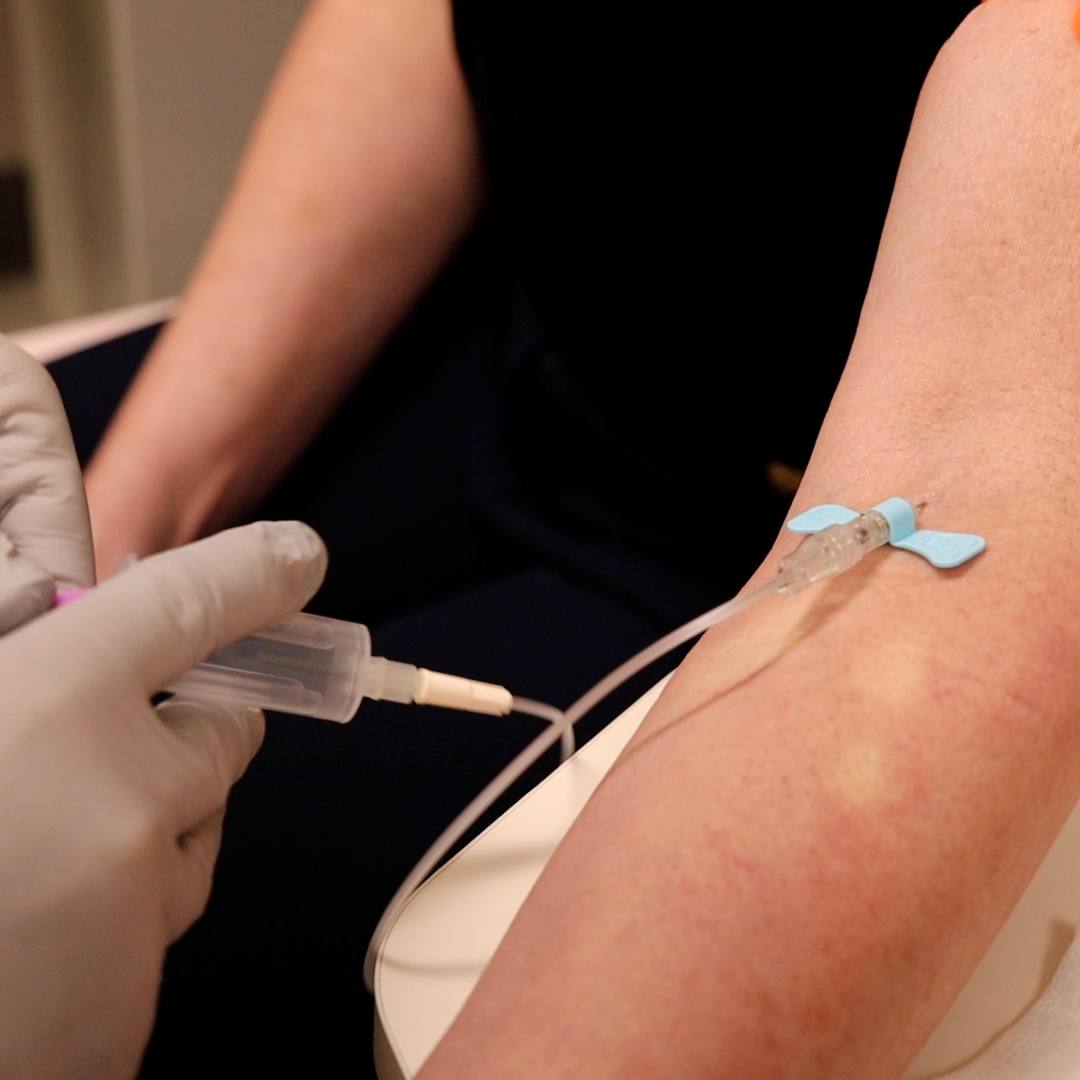-
Health & Wellness
Consumer Health: Treating osteoporosis

May is National Osteoporosis Awareness and Prevention Month, which makes this a good time to learn more about this bone disease, which affects approximately 10 million Americans, according to the Office on Women's Health.
Osteoporosis causes bones to become weak and brittle — so brittle that a fall or even mild stresses, such as bending over or coughing, can cause a fracture. Osteoporosis-related fractures most commonly occur in the hip, wrist or spine. The disease affects men and women of all races. But white and Asian women, especially older women who are past menopause, are at highest risk.
Treatment recommendations often are based on an estimate of your risk of breaking a bone in the next 10 years. This estimate uses information such as the result of a bone density test. If your risk isn't high, treatment might not include medication. Rather, treatment may focus on modifying risk factors for bone loss and falls.
For anyone at increased risk of fracture, the most widely prescribed osteoporosis medications are bisphosphonates. Another common osteoporosis medication is denosumab, which is unrelated to bisphosphonates. Denosumab may be used in people who can't take a bisphosphonate for various reasons, including reduced kidney function.
If you're undergoing osteoporosis treatment, you're taking a step in the right direction for your bone health. But perhaps you have questions about your therapy. Here's what you need to know.
Related Articles







